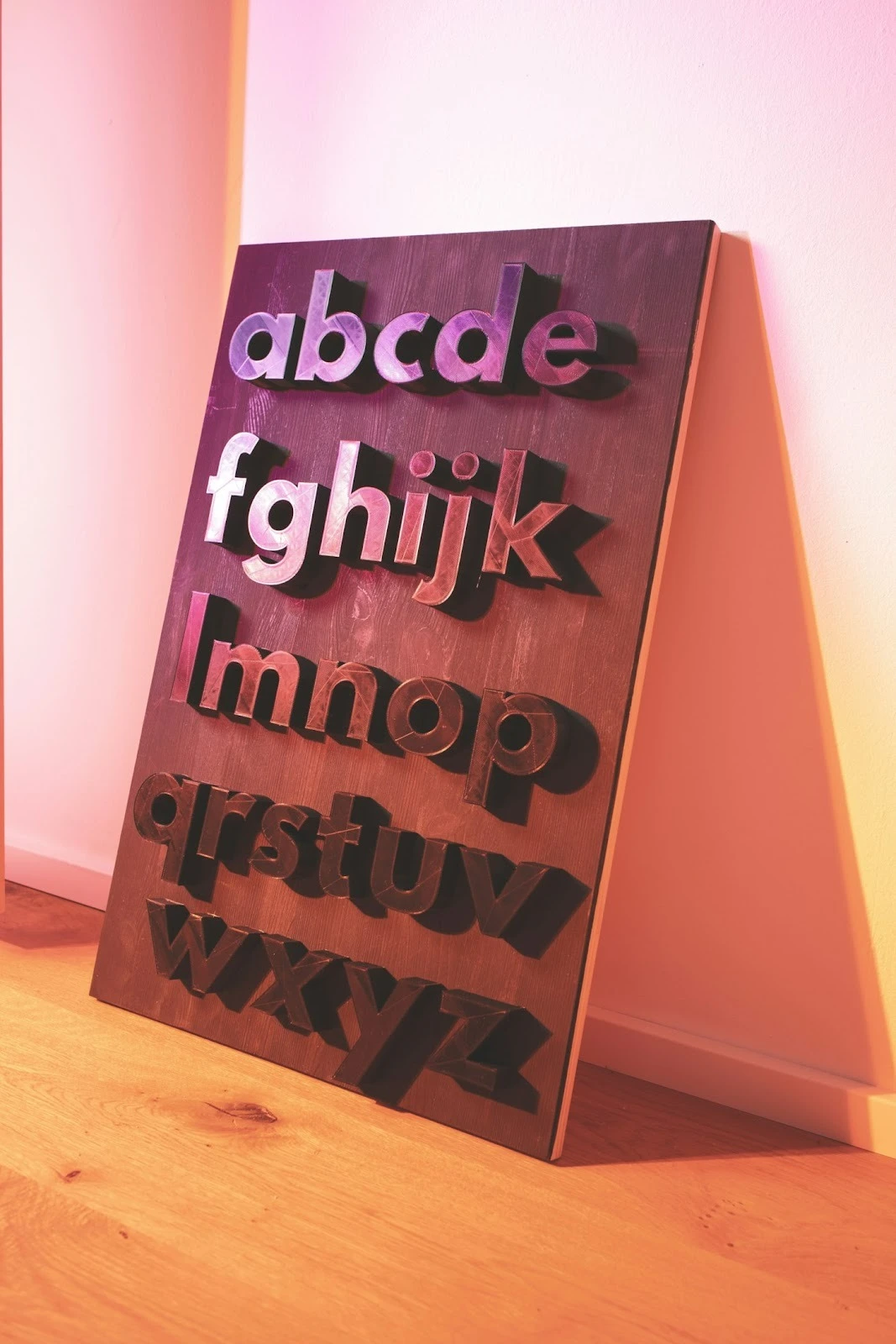How To Choose Typography For Your Brand

Typography is more than an aesthetic choice; it's a powerful tool that shapes how your brand identity is perceived by your audience. The right brand fonts go beyond mere decoration, influencing emotions, readability, and the overall message of your brand.
When considering brand typography, it’s crucial to think about how different typefaces align with your brand's personality and the psychological impact they may have on consumers.
This guide will walk you through the essential aspects of font selection, from understanding font types and their effects on perception to navigating legal considerations and current design trends. By the end, you’ll be equipped to make informed decisions that enhance your cohesive brand identity and communication.
Font Selection Criteria
Font choice has a profound impact on audience perception. The style of typography you choose can communicate different moods and messages, shaping how your brand is perceived. Here's how different fonts affect brand messaging:
- Serif fonts: Often associated with tradition and reliability. A serif typeface is commonly used by brands that want to project authority, such as in logo design for banks or universities.
- Sans serif fonts: Known for their modern and clean appearance. Sans serif typefaces are ideal for brands that want a modern and minimalist look, often used in technology or fashion.
- Script fonts: These convey elegance and creativity, suitable for luxury or personal brand elements.
- Display fonts: Useful for main headings, t-shirt designs, or artistic visual elements where personality matters.
When choosing fonts, consider the following criteria:
- Brand Identity: Does the font for your brand align with your brand's values and tone?
- Readability: Is the text legible across different devices and sizes? A simple sans serif can enhance digital clarity.
- Versatility: Can the font family be used across web, print, and packaging?
- Pairing Fonts: How well do your fonts complement each other when you combine fonts? A strong secondary font helps create balance.
With these criteria in mind, you can better understand how typography impacts your brand recognition and user experience.
Impact of Typography on Brand Perception
Readability is essential in building a cohesive brand identity and improving user interaction. Well-designed brand typography affects how people engage with your content, making it appealing and accessible. Typography influences user perceptions through:
- Clarity: Clear, legible fonts make information easy to absorb.
- Engagement: The right fonts draw attention and improve viewer retention.
- Trust: Consistent brand fonts signal professionalism and reliability.
Statistics show that 94% of first impressions relate to design, and typography is central to this. A good font can strengthen logo design and other visual elements, ensuring your brand stand remains memorable.
Typeface Psychology and Consumer Behavior
Typeface psychology plays a crucial role in influencing consumer emotions. Each font choice evokes different feelings and affects recall:
- Emotional Connection: A serif conveys tradition, while a sans serif suggests efficiency and innovation.
- Brand Recall: Unique, right brand font choices can boost brand recognition.
- Visual Hierarchy: Differentiating same classification fonts (like headings vs. body text) helps guide the eye.
Successful examples include brands like Coca-Cola’s custom script lettering and Apple’s minimalist sans serif style. Both use type to shape emotional connection and target audience trust.

Brief Us Today
Licensing and Legal Considerations
Understanding font licenses ensures your brand stays legally compliant. There are two main types:
Always check each license before you choose brand fonts. A consistent font choice ensures that other brand elements and materials like campaigns, blog post titles, or packaging remain uniform.
Typography Trends and Innovations
To remain relevant, brands should explore emerging typography innovations:
- Variable fonts: Adapt responsively to different weights and screens.
- Custom brand fonts: Help brands show uniqueness and creativity.
- Font pairing: Experiment with how many fonts are too many, typically limit to two fonts for balance.
Brands like Airbnb and Netflix have developed custom serif typefaces to align with their brand’s personality, while maintaining high readability across print and digital.
Choosing Fonts for Digital vs. Print Media
When choosing fonts for multiple platforms, technical and aesthetic factors differ:
- Digital: Opt for legible web-safe sans serif typefaces to enhance clarity and create contrast.
- Print: You can explore serif fonts, script fonts, or display fonts for artistic flexibility while ensuring body text remains clear.
Strong cross-media typography ensures logo design, packaging, and websites reinforce a single cohesive brand identity.
By selecting the perfect font family that reflects your brand's personality, aligns with your visual hierarchy, and complements other typefaces, you ensure that your typography unites all other visual elements and strengthens long-term brand recognition.
Closing Thoughts
Prioritising consistent and accessible typography will fortify your brand identity and improve user experience.
Partner with Huddle Creative for comprehensive branding solutions that build lasting market authority, or explore our specialised brand strategy services to elevate your competitive positioning.
Brief us today
1. How do font personalities affect my brand?
Font personalities describe the emotional tone a typeface conveys. For example, playful script styles often feel creative, while clean sans serifs feel modern. Matching font personalities to your brand's values and brand colours helps create a unified look that resonates with your audience. This harmony strengthens your overall right typography choice and reinforces brand recognition.
2. How should I choose typefaces for my brand?
When you choose typefaces, think about clarity, legibility, and versatility. Select a primary font for headings and a complementary secondary font for body text. Look for bold weights to make important elements stand out and ensure that your fonts work well across both digital and print platforms. Always test your font with your brand colours to ensure they remain clear and impactful.
3. Why is legibility important in typography?
Legibility ensures that your audience can read and process your content effortlessly. Even with the most stylish or bold typeface, if it’s hard to read, it undermines engagement and accessibility. The right typography balances design appeal with functional clarity, ensuring your message is delivered effectively without straining the reader’s eyes.